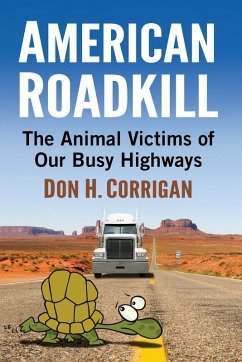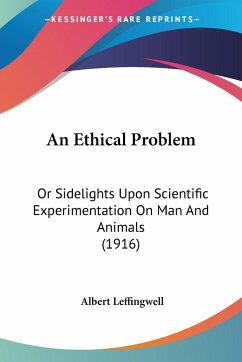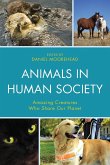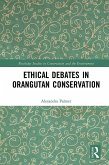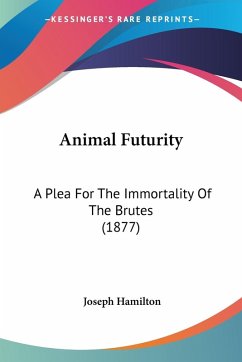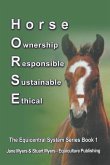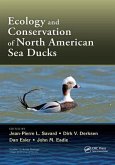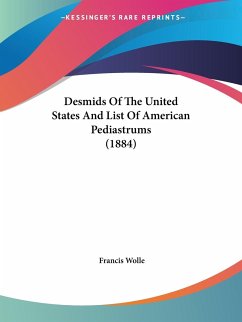Slaughtered along our highways, roadkill may be observed regularly, but aren't likely to be given much thought. Research scientists, animal rights activists, roadkill artists, writers, ethicists and lyricists, however, are increasingly sounding the alarm. They report that we are killing the very animals we love, and are driving many of them to the brink of extinction. Detailing the death and destruction of mammals, reptiles, amphibians, and insect pollinators, this study examines the ways in which we are thus jeopardizing our own futures. Beginning in the Model T era, biologists counted the common carnage of the time--cottontails, woodchucks, and squirrels, mostly. That record-keeping continues today. Beyond the bleak statistics, zoologists are rerouting migratory paths of animals and are advocating for cat and dog companions. This book illuminates both our successes and failures in keeping animals out of harm's way and what those efforts reflect about ourselves and our capacity to care enough to alter the road ahead.
Hinweis: Dieser Artikel kann nur an eine deutsche Lieferadresse ausgeliefert werden.
Hinweis: Dieser Artikel kann nur an eine deutsche Lieferadresse ausgeliefert werden.

